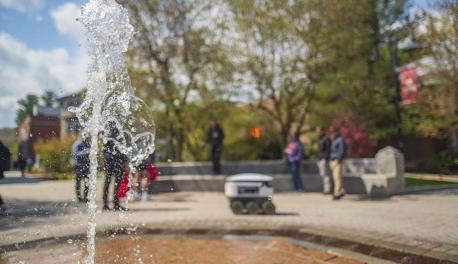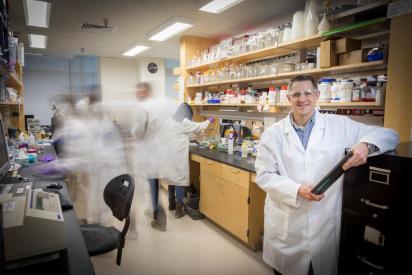

Understanding the mechanisms by which mechanical forces regulate the development and healing of connective tissues and the pathogenesis of disease is becoming one of the foremost problems at the intersection of biomechanics and cell biology—it has spawned the field of mechanobiology. In our lab we use precisely engineered, two-dimensional and three-dimensional constructs as model systems to study the effects of external internal (cell-generated) forces on cell behavior, matrix biochemistry, and the biomechanics of soft tissues and biomaterials. We have developed many innovative systems to modulate the cells’ mechanical environment by applying external multiaxial strain fields, creating compliant tissue boundary conditions, and controlling the surrounding matrix stiffness. We also study the mechanics of soft tissue for augmentation and repair. To date, tissue systems studied include skin, heart valves, coronary and carotid arteries, myocardium, lung, small intestinal submucosa, and sternum. At the undergraduate level, I enjoy relating the fundamentals of biomechanics to students both in the classroom and through authentic laboratory experiences, mentoring students in the lab, and advising capstone design teams. At the graduate level, I derive great pleasure from seeing my doctoral and master’s students transform into independent researchers, teaching tissue mechanics and tissue engineering, and writing grant proposals. I also enjoy interacting with the community and mentoring middle school students and their teachers, in both our laboratory and their classrooms.

Understanding the mechanisms by which mechanical forces regulate the development and healing of connective tissues and the pathogenesis of disease is becoming one of the foremost problems at the intersection of biomechanics and cell biology—it has spawned the field of mechanobiology. In our lab we use precisely engineered, two-dimensional and three-dimensional constructs as model systems to study the effects of external internal (cell-generated) forces on cell behavior, matrix biochemistry, and the biomechanics of soft tissues and biomaterials. We have developed many innovative systems to modulate the cells’ mechanical environment by applying external multiaxial strain fields, creating compliant tissue boundary conditions, and controlling the surrounding matrix stiffness. We also study the mechanics of soft tissue for augmentation and repair. To date, tissue systems studied include skin, heart valves, coronary and carotid arteries, myocardium, lung, small intestinal submucosa, and sternum. At the undergraduate level, I enjoy relating the fundamentals of biomechanics to students both in the classroom and through authentic laboratory experiences, mentoring students in the lab, and advising capstone design teams. At the graduate level, I derive great pleasure from seeing my doctoral and master’s students transform into independent researchers, teaching tissue mechanics and tissue engineering, and writing grant proposals. I also enjoy interacting with the community and mentoring middle school students and their teachers, in both our laboratory and their classrooms.
Scholarly Work
Mechanoregulation of valvular interstitial cell phenotype in the third dimension.
Special Section: Annual Education Issue: Let the Wild Rumpus of Education Start!
Active Traction Force Response to Long-Term Cyclic Stretch Is Dependent on Cell Pre-stress.
Myofibroblast persistence with real-time changes in boundary stiffness.
Morphological and Stress Vulnerability Indices for Human Coronary Plaques and Their Correlations with Cap Thickness and Lipid Percent: An IVUS-Based Fluid-Structure Interaction Multi-patient Study.



